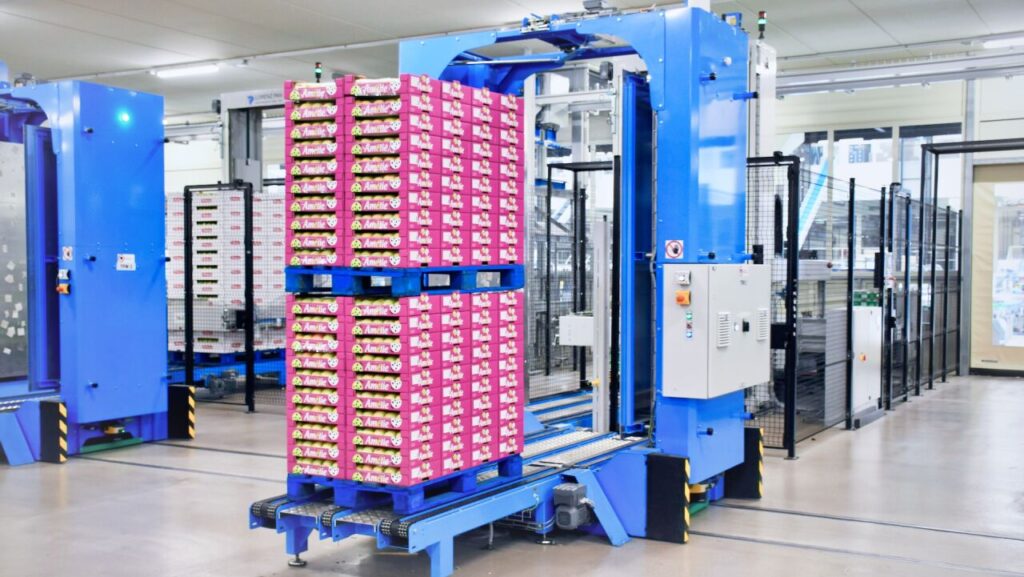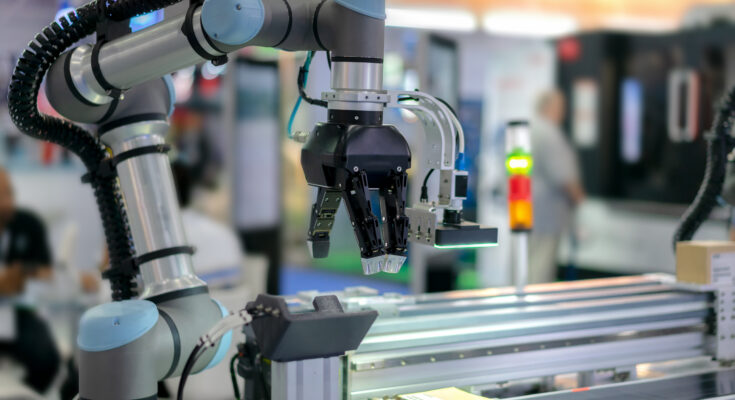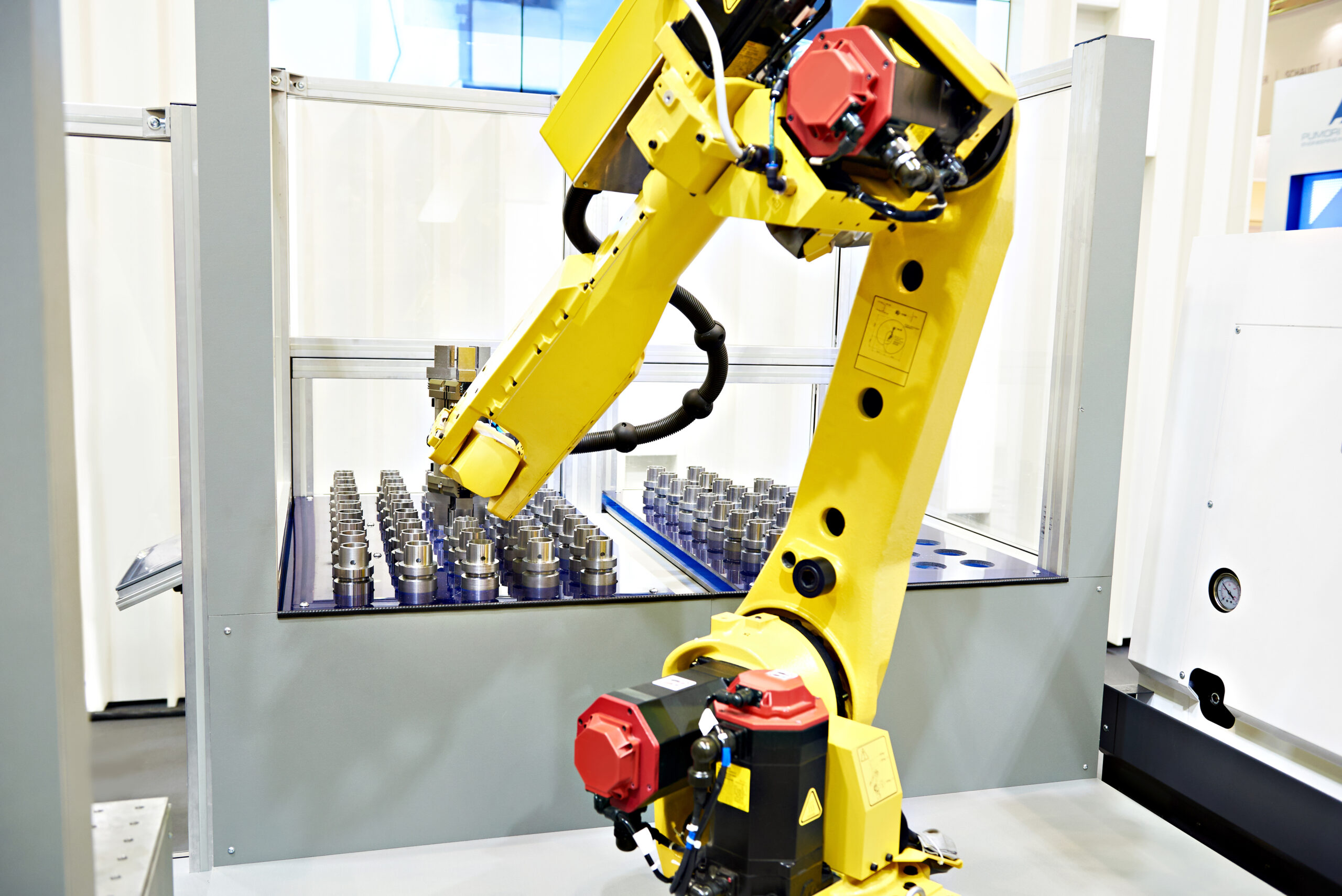Robots are becoming one of the most commonly used technologies in many industrial settings. However, programming industrial robots often remains a complicated process.
Offline programming offers a way to make industrial robot programming easier, faster, and more flexible.
With the right approach to offline programming, you can create powerful programs for your industrial robots without needing extensive robotics expertise or expensive solutions.
But what makes offline programming such a compelling approach?
What challenges might you encounter when moving to offline programming?
And how do you create a reliable system quickly and easily?
Let’s look at how you can get the most from industrial robot programming offline…
What is Offline Programming for Industrial Robots?
Offline programming (often shortened to OLP) is a method of industrial robot programming that enables you to program robots without needing access to the physical robots.
This type of programming lets you create, test, and improve your robot programs in a simulated virtual environment. With OLP software like RoboDK, you can create these programs visually, without needing to type any code… unless you want to, of course.
Once you’re sure your program functions correctly – having debugged it in the simulator — the OLP software then converts your program into instructions that your robot controller understands. This is done by a post-processor for your particular robot model.
Beyond basic OLP, there are also add-ons that make the programming process even easier. For example, RoboDK TwinTrack allows you to program any robot by moving a 3D tracking probe.

Advantages of Offline Programming for Industrial Robots
OLP offers several advantages over conventional robotic programming. It can help you get more useful and complex functionality from your industrial robots.
A few of the advantages include:
- Easier, more efficient debugging — It’s easier to find mistakes in your robot program when you are working with a simulated robot. OLP means you first create a working program, then you handle any of the remaining issues caused by the physical robot.
- Less disruptive, costly robot downtime — Whenever a physical robot is out of production, it costs you money. OLP allows you to reduce this disruptive time to a minimum.
- Smoother transition from idea to production — Let’s face it, robots sometimes seem “temperamental” (like many machines). When you have a new idea, the hardware quirks can derail you from turning your idea into a prototype. OLP helps smooth this process by first creating a virtual simulation.
There are many other advantages to using OLP. You can read about some of them in our article 5 Ways Robotic Offline Programming Can Benefit Your Business.

6 Steps to Set Up an Environment for Offline Programming
If you want to get started with offline programming quickly, there are a few steps that you should follow to go from zero to a working OLP platform.
Here are 6 steps to follow:
- Choose an OLP platform that is user-friendly and specifically designed for industrial robot programming. Some systems, for example, are primarily designed for research settings, so would be less suitable.
- Plan your robot program before you start creating it in the software. Even a simple “back of a napkin” plan or a video of you walking through the task by hand can make the programming process much easier.
- Create the program in your OLP software. If you have never used offline programming before, there is a wealth of free training to help you get started.
- Do as much testing and debugging as you can in the time you have available. The more potential issues you fix in the simulator, the faster it will be to integrate your code with the physical robot.
- Put the robot into production. This may require a bit of extra debugging to account for the peculiarities of the physical setup.
- Collect data and aim to improve your robot deployment over time. This is usually inherently more efficient with OLP because you don’t have to take the robot out of production to test new ideas for improvements.
By following these high-level steps, you can set up your OLP environment for easy, efficient industrial robot programming.
Common Challenges with Robot Programming
Of course, we all know that simply presented steps like those listed above can sometimes hide a lot of complexity.
It’s likely that you will encounter at least some challenges that you need to overcome, especially if you’ve never deployed a robot before with offline programming.
Here are 5 challenges you might encounter with OLP, each with a resource where you can start looking for solutions:
- Discrepancies between the virtual and physical robot — Easy Robot Calibration for Optimal Performance
- Difficulties integrating components and tools from different suppliers — The 5 Minute Guide to Use Any End Effector with RoboDK
- Developing complex motions easily — TwinTrack: A Tool For Simple Handheld Robot Programming
- Incorporating external functionality libraries — How the RoboDK API Makes Robot Machine Learning Easier
- Dealing with a simulation setup that seems complex! — How to Tell If Your Robot Simulation Setup Is Too Complex
And remember that there is always help at hand. If you are struggling with any aspect of robot programming, a good place to look for answers is in the RoboDK user forum.

Why RoboDK Makes Industrial Robot Programming Easier
RoboDK is one offline programming tool that many industrial users find extremely useful. It offers a powerful set of functionalities that help make your robot programming easier, faster, and more efficient.
Whether you are an experienced robot programmer or you have never used an industrial robot before, be assured that offline programming can help you.
What are your next steps? A good place to start is to explore some of the resources already shared in this article, to see how offline programming could apply to your specific process.
What challenges do you foresee with industrial robot programming? Tell us in the comments below or join the discussion on LinkedIn, Twitter, Facebook, Instagram, or in the RoboDK Forum.. Also, check out our extensive video collection and subscribe to the RoboDK YouTube Channel




